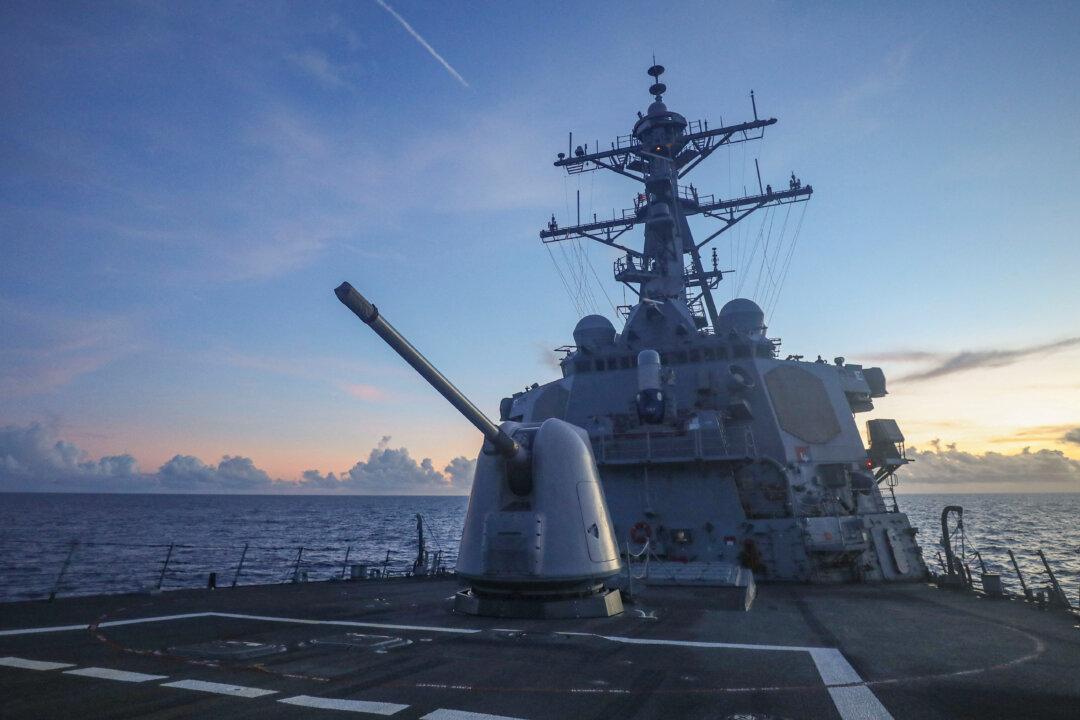Commentary
How many U.S. Navy admirals, captains, and miscellaneous action officers on staff does it take to run a 30-year spreadsheet on the projected size of the Navy? Well apparently, either not enough or too many are involved at this point. Either way, the end number of the expanded U.S. Navy changes every time someone makes a coffee run to the Pentagon food court.





